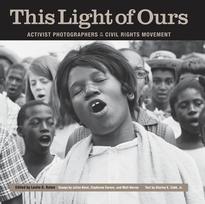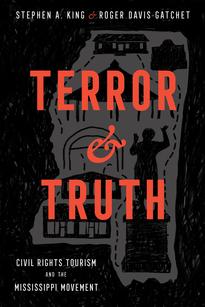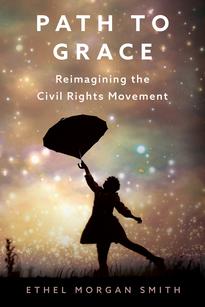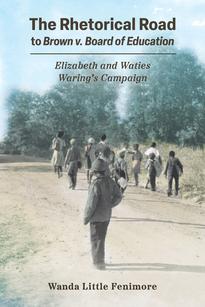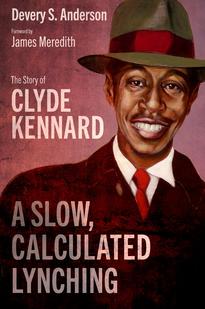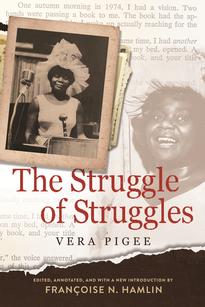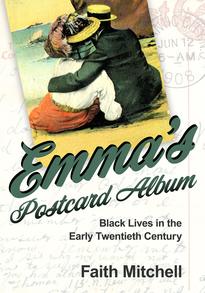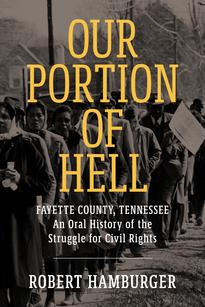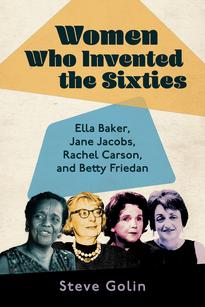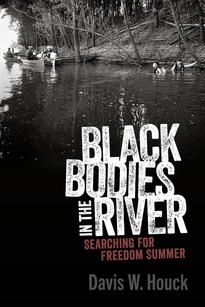Civil Rights
This Light of Ours
This Light of Ours: Activist Photographers of the Civil Rights Movement is a paradigm-shifting publication that presents the Civil Rights Movement through the work of nine photographers who participated ...
Terror and Truth
Stephen A. King and Roger Davis Gatchet examine how Mississippi confronts its history of racial violence and injustice through civil rights tourism. Mississippi’s civil rights memorials include a vast ...
Path to Grace
Winner of the 2023 Eudora Welty Prize
The civil rights movement is often defined narrowly, relegated to the 1950s and 1960s and populated by such colossal figures as Martin Luther King Jr. and Rosa Parks. ...
The Rhetorical Road to Brown v. Board of Education
As early as 1947, Black parents in rural South Carolina began seeking equal educational opportunities for their children. After two unsuccessful lawsuits, these families directly challenged legally mandated ...
A Slow, Calculated Lynching
In the years following Brown v. Board of Education, countless Black citizens endured violent resistance and even death while fighting for their constitutional rights. One of those citizens, Clyde Kennard ...
The Struggle of Struggles
Named one of five best books on women in the Civil Rights Movement by Wall Street Journal
From 1955 to 1975, Vera Pigee (1924–2007) put her life and livelihood on the line with grassroots efforts for ...
Emma's Postcard Album
BCALA 2023 Outstanding Contribution to Publishing Citation Award winner
The turn of the twentieth century was an extraordinarily difficult period for African Americans, a time of unchecked lynchings, mob ...
Our Portion of Hell
Our Portion of Hell: Fayette County, Tennessee: An Oral History of the Struggle for Civil Rights offers an unrivalled account of how a rural Black community drew together to combat the immense forces ...
Women Who Invented the Sixties
While there were many protests in the 1950s—against racial segregation, economic inequality, urban renewal, McCarthyism, and the nuclear buildup—the movements that took off in the early 1960s were ...
Black Bodies in the River
Nearly sixty years after Freedom Summer, its events—especially the lynching of Andrew Goodman, James Chaney, and Mickey Schwerner—stand out as a critical episode of the civil rights movement. The ...
